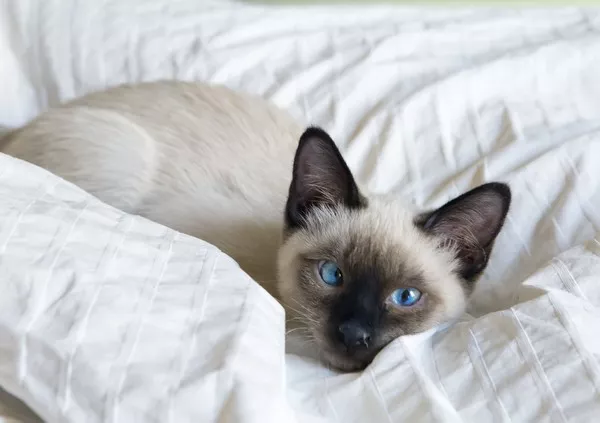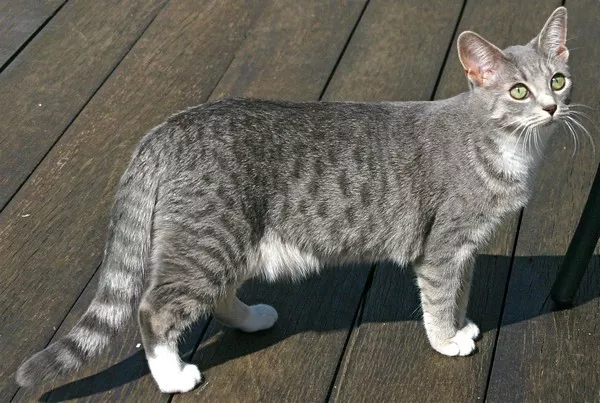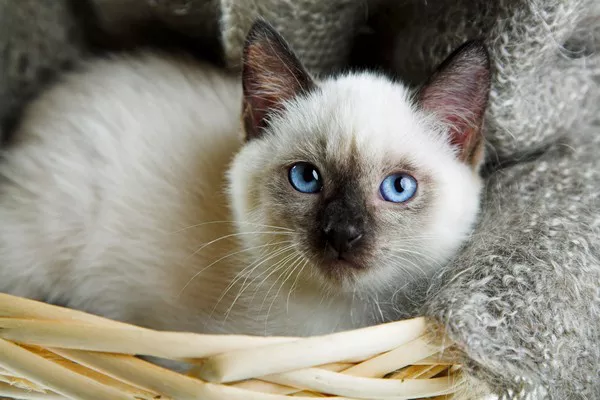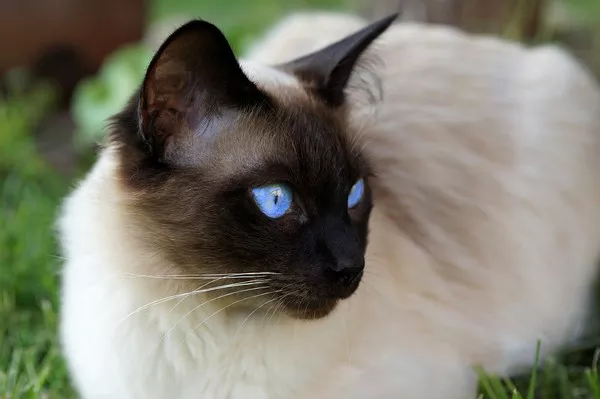Scientists have unveiled the mystery behind how cats generate their soothing purring sounds, revealing they employ a technique reminiscent of “vocal fry,” a distinctive vocal quality known for its croaky and low-pitched tones, notably used by singer Katy Perry and reality TV star Kim Kardashian.
For years, researchers have been puzzled by how domestic cats, relatively small animals, produce deep and resonant purrs, a sound typically associated with animals sporting much longer vocal cords, like elephants. It was believed that cats had a unique mechanism involving the rhythmic contraction and relaxation of muscles in their voice boxes, which would necessitate continuous neural input from their brains.
However, a recent study suggests that creating a purring sound is far less demanding. Researchers, led by Dr. Christian Herbst at the University of Vienna in Austria, dissected the voice boxes of eight terminally ill cats (with owners’ consent). They pinched the cats’ vocal cords and introduced humid air, mimicking the process humans use to speak and produce vocal fry. This experiment generated self-sustained oscillations or purring sounds from all the voice boxes, indicating that purring does not require constant neural input from the brain.
Further investigation uncovered the presence of fibrous tissue masses embedded in the vocal cords. Herbst explained, “This may explain how such a small animal, weighing only a few kilograms, can regularly produce sounds at those incredibly low frequencies (20-30 Hz, or cycles per second) – far below even the lowest bass sounds produced by human voices.” The research also found similar structures in roaring cats like lions and tigers.
Previously, the prevailing theory suggested that cats employed a mechanism seemingly unique in the animal kingdom. In this mechanism, the cat’s brain rapidly sent continuous bursts of signals to throat muscles, causing them to contract 30 times a second, resulting in a purring sound.
Vocal fry, now considered an alternative explanation, represents the lowest tone achievable by human voices, creating a croaky and low-pitched speech effect.



























